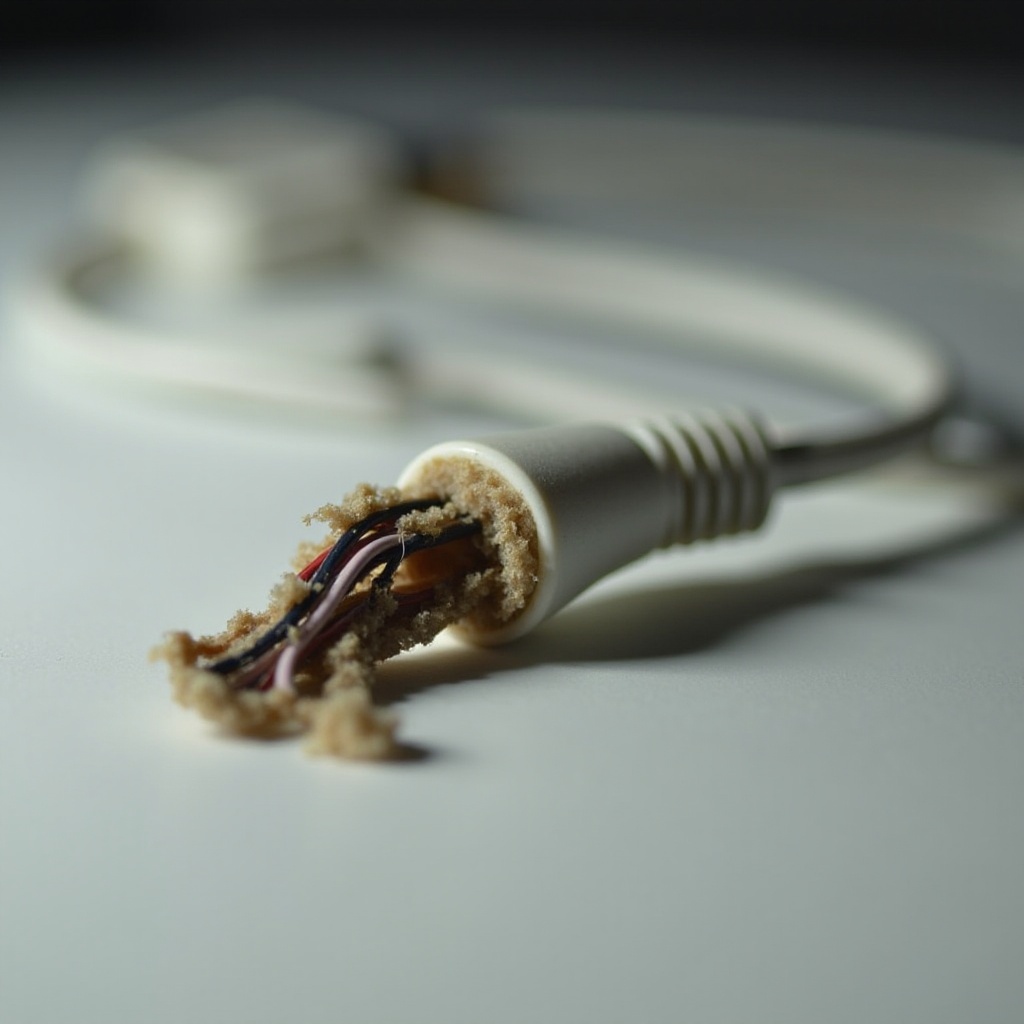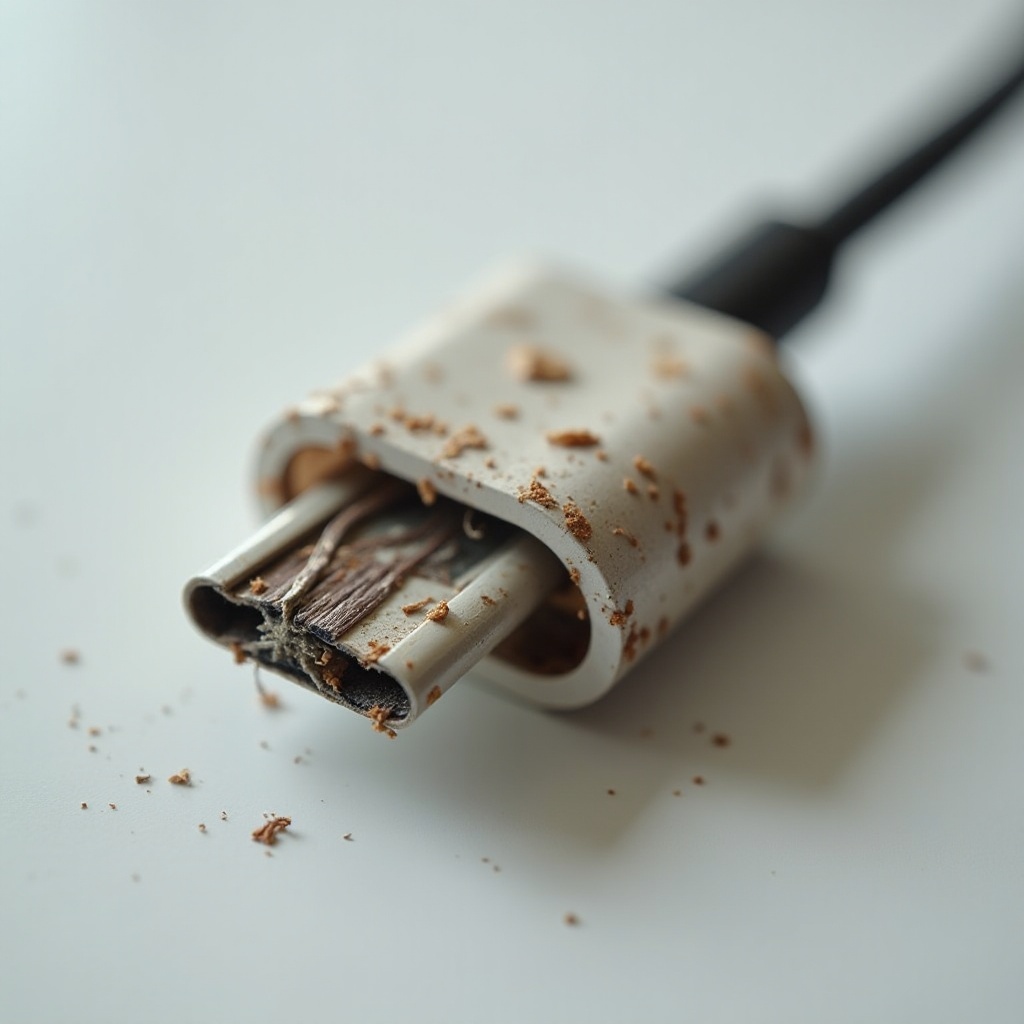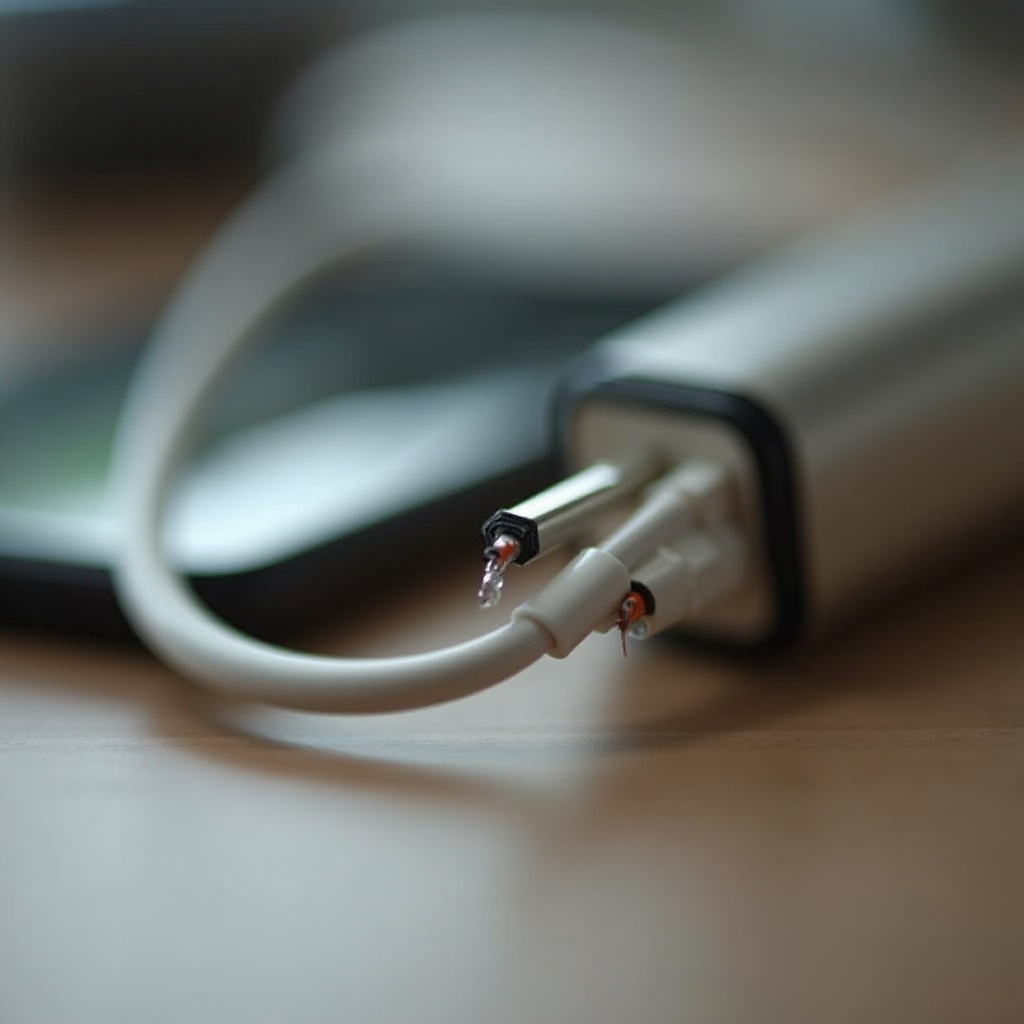Why Do iPhone Chargers Break Easily?
Introduction
iPhone chargers often break easily, a common issue for many users. With frequent use and constant bending, it’s almost inevitable that your charger will show signs of wear and tear. The frustration of dealing with a malfunctioning charger can be overwhelming, especially when you rely heavily on your phone. This article delves into why iPhone chargers break so easily, common indicators of impending failure, and practical ways to extend their lifespan.

Understanding iPhone Charger Construction
iPhone chargers consist of several components: the plug, the USB cable, and the connectors. Apple uses high-quality materials, but this doesn’t make them indestructible. The outer layer of the cable is typically made from a soft, flexible plastic designed to prevent wear. Inside, delicate wires conduct the electrical charge from the power source to your iPhone. These wires are insulated and twisted to withstand some level of stress.
While the construction is intended to balance durability with flexibility, regular handling subjects chargers to various forms of stress that may compromise their integrity over time. Understanding this can help in identifying why they break so easily.

Common Causes of iPhone Charger Breakage
Design and Material Flaws
One significant reason iPhone chargers break lies in their design and materials. Though designed for flexibility, the thinness of the wires and softness of the outer casing result in vulnerabilities. Over time, even normal use amounts to substantial wear and tear. Repeated bending, twisting, and pulling exert stress, leading to potential breakage points.
Mechanical Stress from Bending and Twisting
Charger cables often suffer from frequent bending and twisting, especially at connection points near the USB plug or lightning connector. Dropping the phone while it’s charging or pulling it away without disconnecting the charger can damage these stress points. The mechanical stress from these actions causes the internal wires to fray or snap.
Environmental Factors and External Conditions
Environmental conditions also play a role in charger durability. Exposure to extreme temperatures, moisture, or direct sunlight can degrade the materials, making them brittle and more prone to breaking. Storing a charger in an environment where it’s kinked or under pressure leads to internal damage over time.
Signs Your iPhone Charger is About to Break
Visible Wear and Tear
The first signs your charger may soon stop working often manifest as visible wear and tear. Look for frayed ends, exposed wires, or a bent connector. Small splits in the casing can quickly escalate into significant issues.
Performance Issues
Experiencing inconsistencies in charging? If your phone charges intermittently or not at all when plugged in, the charger cable might be on its last legs. Unusual heat from the charger or slow charging times are also indicators that your charger is failing.

Preventative Measures for Prolonging Charger Life
Proper Cable Management
One of the simplest ways to extend the life of your iPhone charger is through proper cable management. Use a cable organizer to prevent tangles and kinks. Avoid bending the charger at sharp angles and store it in a coiled and untangled manner.
Use of Protective Accessories
Protective accessories can also help safeguard your charger. Invest in a protective sleeve or a cable protector that adds a layer of toughness around the points where the charger is most vulnerable.
Tips for Safe Handling
- Unplug carefully: Don’t pull the cable; instead, grasp the plug end to disconnect it.
- Avoid over-stretching: Keep your charger within a reasonable distance from the power source.
- Use appropriately: Refrain from using your phone in ways that stress the charger, like while charging in bed.
Exploring Alternatives and Replacement Options
Durable Third-Party Chargers
If the original iPhone charger seems prone to breaking, consider durable third-party chargers that are MFi (Made for iPhone) certified. Brands such as Anker and Belkin offer sturdy alternatives renowned for their enhanced durability and longevity.
Warranty and Replacement Programs from Apple
Apple offers replacement options if your charger breaks within the warranty period. Knowing your charger is covered can provide peace of mind and ensure you always have a reliable power source.
Conclusion
Understanding the contributing factors to iPhone charger breakage can help you take steps to prolong their lifespan. By following recommended handling practices and exploring durable alternatives, you can mitigate the inconvenience of frequently replacing these vital accessories. Should your charger break, knowing your replacement options will keep you connected and reduce stress.
Frequently Asked Questions
How can I tell if my iPhone charger is about to break?
Look for visible signs like frayed ends or a bent connector. Performance issues, such as slow or intermittent charging, are also indicators.
Are third-party chargers better than Apple chargers?
Some third-party chargers, especially MFi certified ones, offer enhanced durability. However, it’s essential to ensure they meet Apple’s compatibility and safety standards.
What are the best ways to store iPhone chargers safely?
Store chargers in cool, dry places without tight coiling. Use cable organizers and avoid bending the charger at extreme angles to minimize stress on the wires.

